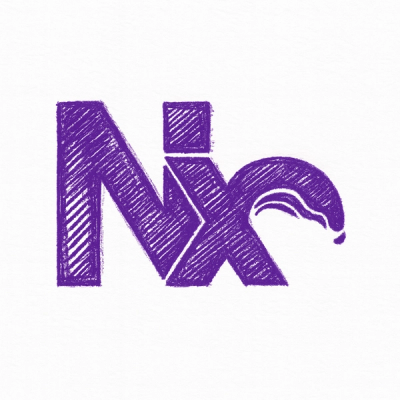
Research
Malicious npm Packages Impersonate Flashbots SDKs, Targeting Ethereum Wallet Credentials
Four npm packages disguised as cryptographic tools steal developer credentials and send them to attacker-controlled Telegram infrastructure.
vite-inject-env
Advanced tools
vite-inject-env is a tool that allows you to inject your environment variables after building the static files, allowing you to deploy the same build to multiple environments quickly.
npm install vite-inject-env --save-dev
yarn add vite-inject-env --dev
index.html<script src='/env.js'></script>
env.js and copy the following code:export const env = { ...import.meta.env, ...window['env'] }
import.meta.env with the newly created env variableimport { env } from './env'
export const App = () => {
return (
<div style={{backgroundColor: env.VITE_COLOR}}>
<span>{env.VITE_MAIN_TEXT}</span>
</div>
)
}
If you are using create-react-app, the command should be npm run build or react-scripts build.
[env variables] npx vite-inject-env set
Pass in all your environment variables.
# with a black background
VITE_COLOR=black VITE_MAIN_TEXT="Black Background" npx vite-inject-env set
# with a blue background
VITE_COLOR=blue VITE_MAIN_TEXT="Blue Background" npx vite-inject-env set
# for windows
set VITE_COLOR=navy&& set VITE_MAIN_TEXT=Navy Background&& npx vite-inject-env set
-d / --dir: The location of your static build folder. Defaults to ./build
-n / --name: The name of the env file that is outputted. Defaults to env.js
-v / --var: The variable name in window object that stores the environment variables. The default is env (window.env). However if you already have a variable called window.env, you may rename it to avoid conflicts.
.env files are supported. vite-inject-env will automatically detect environment variables in your .env file located in your root folder.
Note: Environment variables passed in through the command line will take precedence over .env variables.
In step #2, create a file called env.ts instead of env.js
declare global {
interface Window {
env: any
}
}
// change with your own variables
type EnvType = {
VITE_COLOR: string,
VITE_MAIN_TEXT: string,
VITE_LINK_URL: string,
VITE_LOGO_URL: string
}
export const env: EnvType = { ...import.meta.env, ...window.env }
npx-react-env works well with both Docker and CI/CD.
FROM node:16.10-slim
COPY . /app
WORKDIR /app
RUN npm install
RUN npm run build
EXPOSE 8080
ENTRYPOINT npx vite-inject-env set && npx http-server build
docker build . -t vite-inject-env-sample-v2
docker run -p 8080:8080 \
-e VITE_COLOR=yellow \
-e VITE_LOGO_URL=./logo512.png \
-e VITE_MAIN_TEXT="docker text" \
-e VITE_LINK_URL=https://docker.link \
vite-inject-env-sample-v2
For instructions on the previous version, you may follow the v1.0 guide here.
A typical CI/CD process usually involves building a base image, followed by injecting variables and deploying it.
Unfortunately React applications does not allow for this workflow as it requires environment variables to be present before building it.
There have been a few workarounds, with the most common solution being to load environment variables from an external source. However this now causes the additional problem that environment variables can only be accessed asynchronously.
vite-inject-env attempts to solve this problem in the simplest, and most straightforward way with the following goals in mind:
vite-inject-env was built with support for both create-react-app and dotenv.
However due to the simplicity of it, it should work with almost all scripts and tools.
FAQs
Tool to inject environment variables into your Vite build
The npm package vite-inject-env receives a total of 971 weekly downloads. As such, vite-inject-env popularity was classified as not popular.
We found that vite-inject-env demonstrated a not healthy version release cadence and project activity because the last version was released a year ago. It has 1 open source maintainer collaborating on the project.
Did you know?

Socket for GitHub automatically highlights issues in each pull request and monitors the health of all your open source dependencies. Discover the contents of your packages and block harmful activity before you install or update your dependencies.

Research
Four npm packages disguised as cryptographic tools steal developer credentials and send them to attacker-controlled Telegram infrastructure.

Security News
Ruby maintainers from Bundler and rbenv teams are building rv to bring Python uv's speed and unified tooling approach to Ruby development.

Security News
Following last week’s supply chain attack, Nx published findings on the GitHub Actions exploit and moved npm publishing to Trusted Publishers.